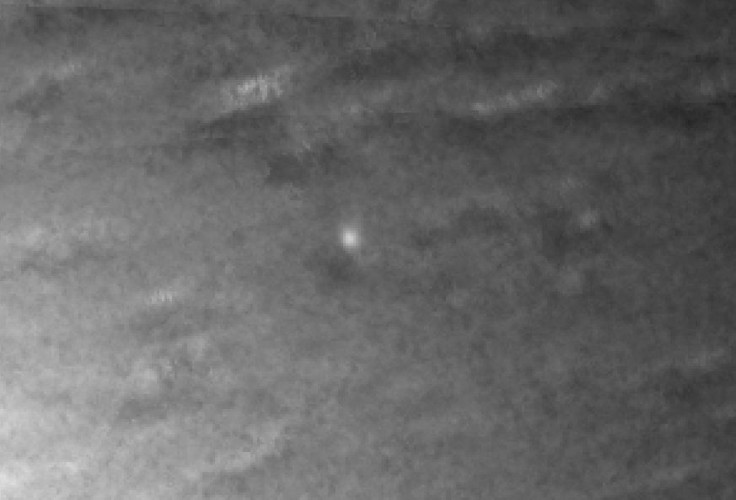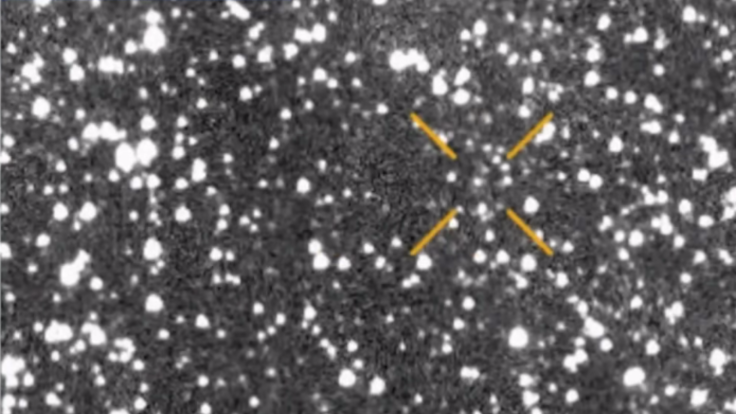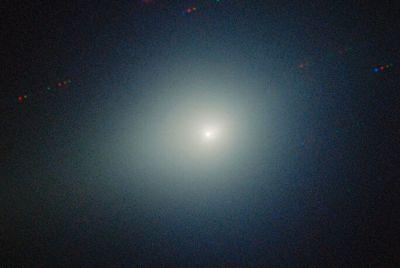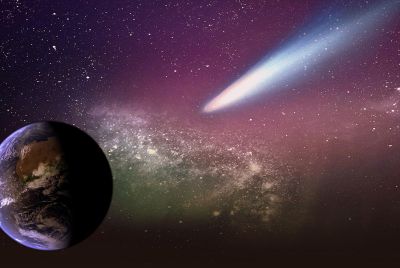3I/ATLAS Anomaly: Harvard Expert Warns Against Ignoring Surprising Data
3I/ATLAS shows non-gravitational acceleration; Harvard expert urges open inquiry into cosmic anomalies

A leading Harvard astrophysicist has renewed debate over the mysterious interstellar object 3I/ATLAS, warning colleagues not to ignore data that appear to defy standard models.
Professor Avi Loeb, head of Harvard's Institute for Theory and Computation, says new data suggest the comet-like traveller is showing non-gravitational acceleration at perihelion—behaviour that could have implications far beyond conventional physics.
Unusual Acceleration at Perihelion
According to a NASA Jet Propulsion Laboratory report by engineer Davide Farnocchia, 3I/ATLAS—the third confirmed interstellar visitor—recorded anomalous acceleration when it reached perihelion on 29 October 2025, about 1.36 AU from the Sun, approximately 203 million kilometres. At that point, it was observed to exhibit a non-gravitational acceleration, according to a report filed by Davide Farnocchia, a navigation engineer at NASA's Jet Propulsion Laboratory. The object appeared to move 135 km day⁻² radially and 60 km day⁻² transversely, exceeding predictions based solely on solar gravity. These forces deviate from what would be expected if the object were moving solely under the influence of gravity.
Natural or Artificial Forces?

One natural explanation for the acceleration is the so-called 'rocket effect,' where gas ejected from the object's surface propels it forward. If this is the case, Loeb calculates that 3I/ATLAS would lose about 10% of its mass over the course of a month due to sublimation.
This would result in a visible plume of gas, which could be detected by instruments such as ESA's Juice spacecraft in early November, and later by the Hubble and James Webb space telescopes when the object makes its closest approach to Earth on 19 December 2025.
However, Loeb has also raised the possibility that the acceleration could be artificial in origin. 'The non-gravitational acceleration might be the technological signature of an internal engine,' he wrote, noting that the object's blue hue, which is unusual for a comet, could be a sign of artificial illumination or a hot propulsion system.
Brightening and Colour Anomalies
Further anomalies have been observed in the object's brightness. Data from the STEREO, SOHO, and GOES-19 satellites show that 3I/ATLAS brightened rapidly as it approached the Sun, with its luminosity scaling inversely with distance to the power of -7.5(±1)—far steeper than typical cometary behaviour. This could be consistent with a large-scale evaporation of volatile ices, or, as Loeb suggests, something more exotic.
Adding to the mystery is the object's colour. Observations indicate that 3I/ATLAS appears bluer than the Sun, which is unexpected for a natural comet. Typically, dust and cold temperatures would cause such objects to appear redder. Loeb posits that this could be due to ionised carbon monoxide, artificial lighting, or heat sources.
Scientific Caution and Open Inquiry
Despite the provocative nature of Loeb's suggestions, he emphasises the importance of scientific openness rather than alarm. In a recent address to young astrophysicists at Harvard, he warned against dismissing data simply because it does not fit existing models. 'It is a bad professional practice for theoretical astrophysicists to conclude that the data must be wrong just because they do not have a theoretical explanation for it,' he said.
Loeb's call echoes his previous work on the interstellar object 'Oumuamua, which he controversially suggested could have been an alien probe. While many in the scientific community remain sceptical of such claims, his insistence on following the evidence has reignited debate about how best to approach unexplained astronomical phenomena.
NASA planetary scientist Tom Statler counters that 3I/ATLAS's looks like a comet in just about every way.' Most astronomers prefer compositional or structural explanations over technological ones.
As 3I/ATLAS continues its journey through the solar system, astronomers worldwide are preparing to collect more data. Its closest approach to Earth in December will offer the best opportunity yet to study its composition, structure, and behaviour.
Whether 3I/ATLAS turns out to be a natural oddity or something more extraordinary, Loeb's message is clear: anomalies in space should be investigated, not ignored.
Conclusion
As 3I/ATLAS heads toward its 19 December 2025 Earth fly-by, telescopes worldwide will test competing models. Whether its acceleration stems from sublimating ice or an unknown process, Loeb's warning stands: anomalies deserve investigation, not dismissal.
© Copyright IBTimes 2025. All rights reserved.



















